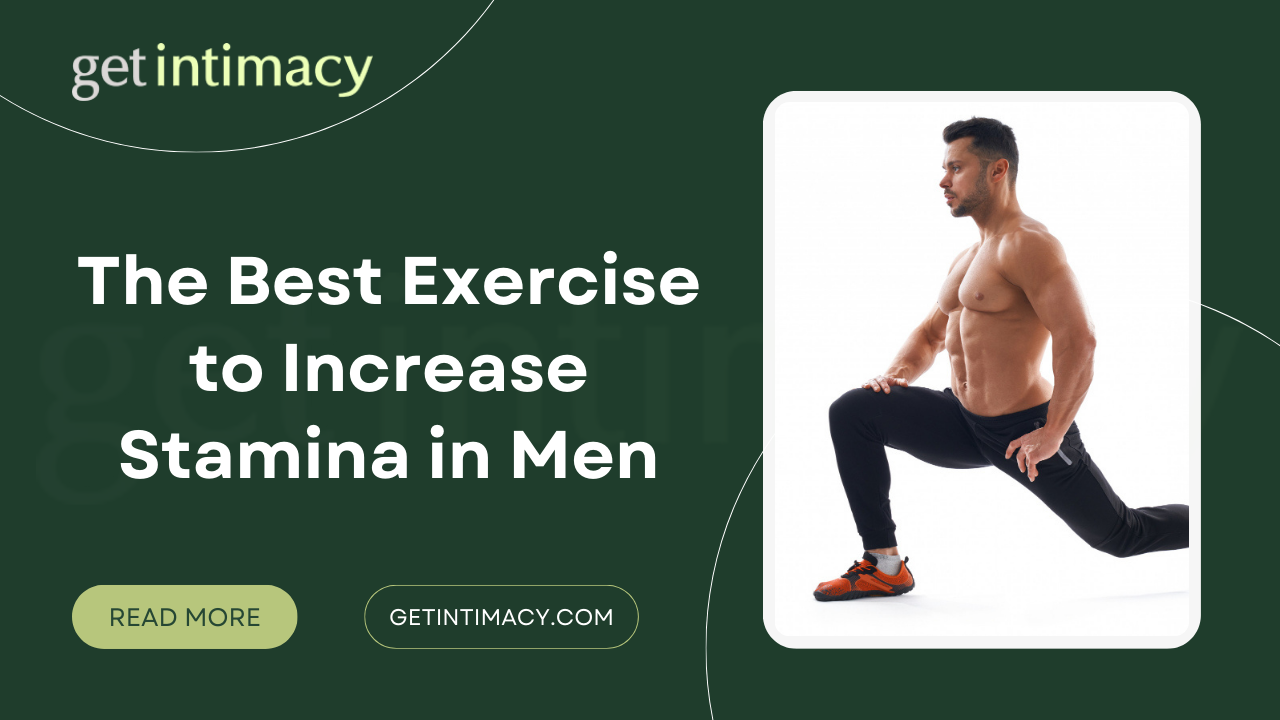Mindfulness and meditation are usually thought of as solo activities, but what if we told you that there are techniques based on mindfulness and of meditation that you can do with your partner, which can even deepen emotional and sexual intimacy? Think of the benefits of mindfulness: feelings of peace, awareness and relaxation. Now think of what may happen when you experience this with your partner, and use it not just to get in touch with your own body and mind, but also the other person. Here is one such simple practice, to help you and your partner learn more about each other and improve communication. While it is a simple practice, it will require you to slow down, trust each other and listen to what your body is telling you. This practice is so effective because it combines bringing awareness to your body with communicating better with your partner. So let’s get started!
Beginning: Tune Into Your Body
Begin by finding time for activity. This time is for you and your partner alone, so make sure you aren’t distracted by any worries like deadlines milling around. Allow yourself to sink into the practice by being seated facing each other. Start with a few deep breaths to really come into the moment. Once you are satisfied with the breathing, decide which one of you will start the next part of the practice. The next part of the practice requires one of the partners to continue the deep breathing, while also scanning their body mentally. Tune into your body and start the scan slowly: look out for any parts of the body that stand out. You may notice pain, tension or discomfort in some of your body parts, or you may discover emotions like shame, stress or fear tucked away somewhere in your body. Or it could be very subtle: you may just notice a slight warmth in your belly, or discover that even without any obvious reason, your attention is being guided to a particular body part.
Trust yourself and trust the process, and believe that the right part of your body will be presented to you because it will! The longer people practice this, they often find more than one body part presenting itself to them: it could be the wrists, the knees, the ears, the neck, or really any other part, however small or large. Once the partner has found the body part that calls out to them, the other person can start talking to that body part.
Getting Into Dialogue & Listening
While it may seem strange at first to address your partner’s body parts, it becomes intuitive and even intimate once you get into the flow. You could say, “Hey, (your partner’s name)’s shoulders. How are you feeling right now? I’m here to listen.” The first partner will then pay attention to the body part they brought up, and express whatever that body part (in the case, the shoulders) is feeling. For example: “We’re not too bad today, but we are so tired from working on the laptop the whole day. We’re really carrying a lot of tension, but the shoulder rub you gave us in the morning helped a bit.” Whether the answer arrives to you through words, intuition, images or feelings, just trust it and express whatever needs to be said without holding back.
It is essential that these feelings are received with kindness, empathy and compassion. You could ask the body part: ‘What do you need?’ ‘What can I do for you?’ ‘Is there anything more you want to tell me?’ ‘Would some kisses and a massage make things feel better? Or do you need to be left alone?’ Some body parts may convey immense sadness and a feeling of neglect, while other parts may just be holding a fun or playful feeling, while still others may feel at ease and still be longing for some more love and attention. The dialogue continues with the second partner asking more questions to understand better what their partner’s body part is feeling. And after asking questions, it’s so important to just listen. Listen to what your partner is saying truly and deeply, without judgement or distraction. Be entirely present in the moment, and understand that this is a vulnerable moment for both of you. Ask and listen as empathetically and gently as possible. Another great set of questions could involve asking the body part how it relates to its own body: ‘What do you need from (partner’s name)?’ or, ‘How are you there for (partner’s name) through the day?’ With some body parts, your partner may find it easy to open up. With others, there may be shyness that needs some encouragement or trauma and grief that needs tenderness and healing. Some parts may just want attention, which could even turn into foreplay.
Let The Intimacy In
Once the first partner’s turn is over, let the second partner go over the same steps. Getting into practice like this can be unpredictable because the body can hold so many unexpected emotions and unknown secrets. Be prepared for a wide range of experiences. Maybe it helps you open up to your partner, facilitating a catharsis and bringing the two of you much closer. It could also help connect with previously ignored erogenous zones, and segue into some deeply intimate lovemaking. In almost all cases, it does make space for honest conversations, gentle touch and intimacy in its fullest sense.
Most couples who try this practice regularly report a deepened sense of comfort, closeness, emotional safety, sexual openness and intimacy. If you’re still unsure that this could have a positive impact on your relationship, all I can say is that it never hurts to try!




